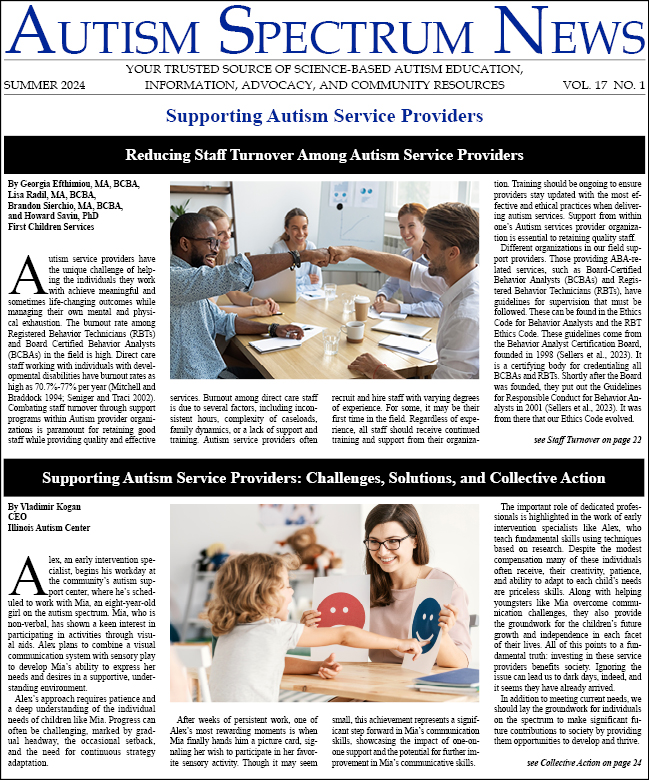-
I’ll Always Be a Sea Creature
Note: This article has been reprinted with permission. You may view the original article, published on November 28th, 2023, at www.neurodiversitypress.com/2023/11/28/ill-always-be-a-sea-creature. At swim practice, I would pretend I was a sea creature. And when I got a little older, I’d still...
-
(Autistic) Girls on Film? An Analysis of Autistic Female Characters in Media and Fan Interpretations
Contrary to popular belief, autistic characters in TV and film are nothing new. The first instance of an autistic person being portrayed o-screen is popularly believed to be Amanda from the 1969 crime drama Change of Habit, starring Elvis Presley and Tyler Moore. Initially, the little girl is...
-
Challenges in the Diagnosis and Treatment of Older Autistic Women
Autism has a unique neurological structure with a wide variety of expressions. This diversity of strengths, challenges, and experiences is why autism is considered a spectrum disorder. It’s also what makes it challenging to diagnose and treat because the myriad of symptoms manifested in any given...
-
Tips for Women in Relationships with Partners on the Autism Spectrum
It is a challenge for most couples to find a balance between their needs and expectations and their partner’s needs and expectations. In a relationship where one individual is on the autism spectrum, there are likely many more opportunities for misunderstandings and frustration. Finding a path to...
-
Providing Menstrual Care Instruction to Adolescents with Autism Spectrum Disorders
Adolescence is a developmental period that brings challenges to all children and parents. More extensive challenges can be experienced by children with Autism Spectrum Disorder (ASD) and their families. Understanding and coping with the physical, social, and emotional changes of adolescence is...
-
Supporting Young Women with ASD Through Transition Services, Employment and Volunteer Opportunities
Over the next decade, approximately half a million young people on the autism spectrum will transition to adulthood (Demer, 2018). When they turn 21, they must leave behind the programming and funding that has supported them throughout their lives, with many families not knowing what to do next....
-
A Shift Towards Better Understanding and Improving the Lives of Girls and Women With ASD
It has been widely established that females are less frequently diagnosed with autism spectrum disorder (ASD) than males. On average, prevalence of ASD is four times higher in males than in females (Baio et al., 2018). This ratio appears to be an inaccurate representation of prevalence by...
-
Mentors Over White Knights – How to Support Autistic Women for Success
Like many neurotypical girls, I spent a lot of time growing up either reading or watching fairy tales in books or television. What’s peculiar about women on the Autism Spectrum is that our advocates sometimes mimic those white knights in shining armor; Meaning that someone on our care team will...
-
Addressing the Female-Specific Challenges of Autism at Yes She Can
Empowerment is the theme that is woven into the training model at Yes She Can, Inc. Training young women with autism to be successful employees starts with a shared belief that women with autism can develop powerful voices in their own lives and in supporting the lives of others. We integrate...
-
Different is My Identifier
I was eight years old the first time I remember being aware of my difference. It didn’t have a name yet, that was still decades away, but nonetheless, suddenly at the ripe old age of eight, I was cognizant of that I was indeed different. For the seven years of life prior to that, I happily lived...





